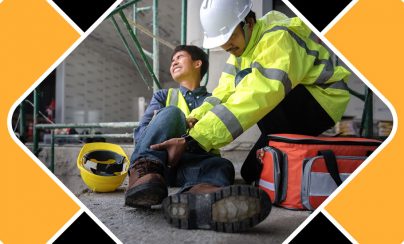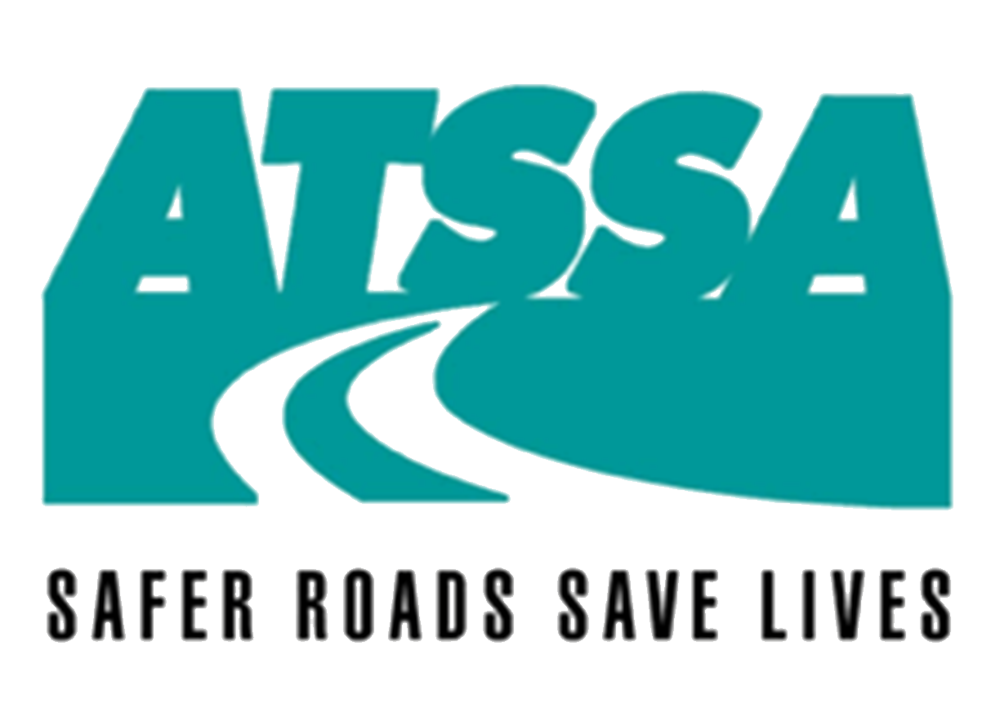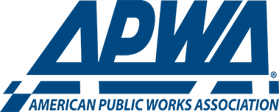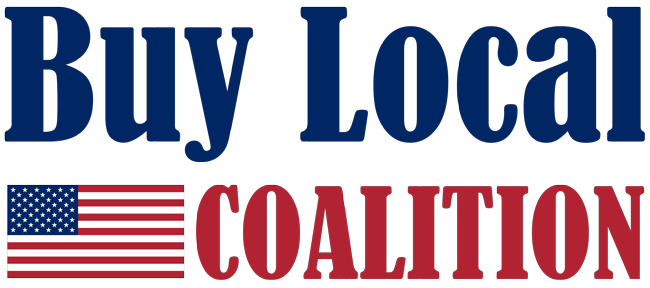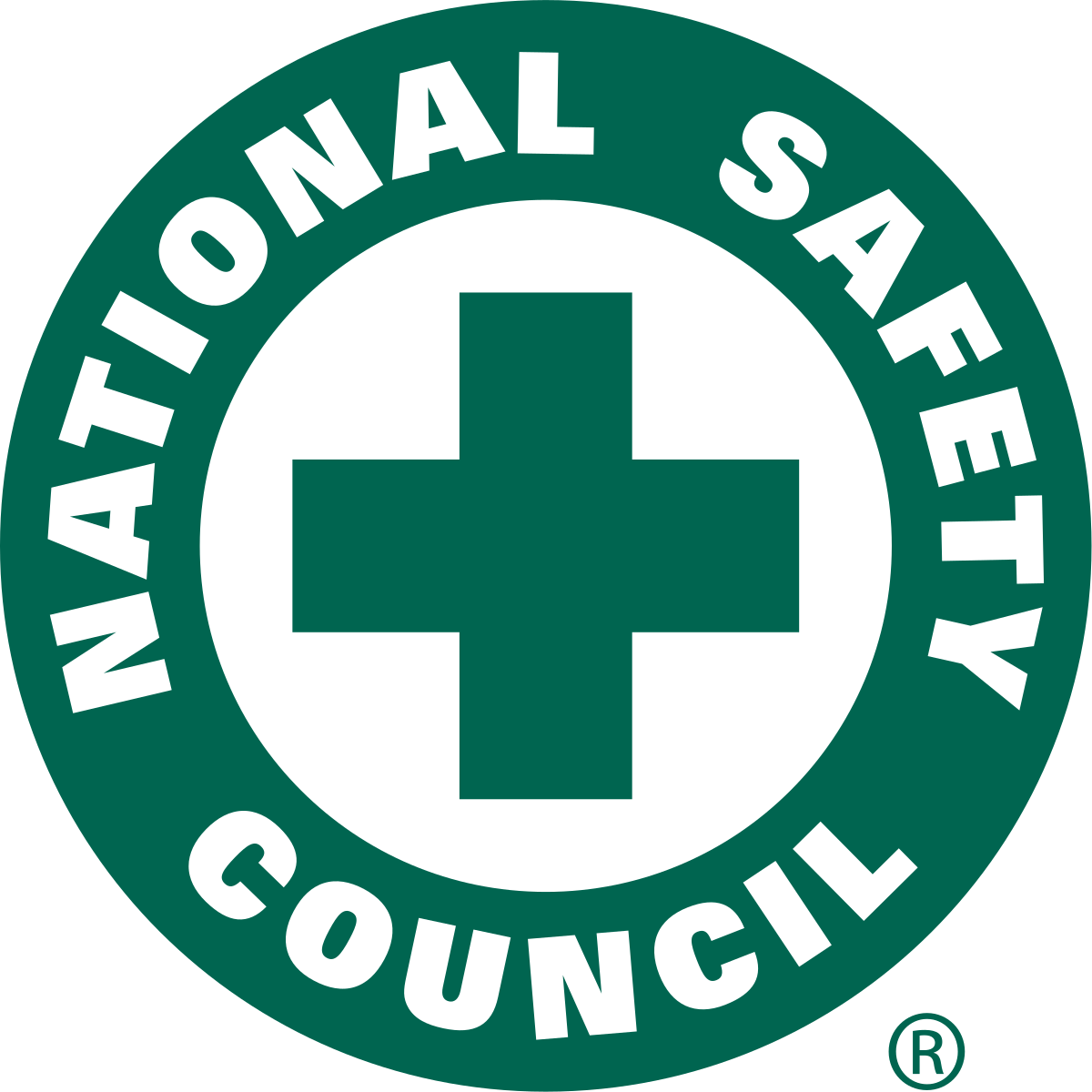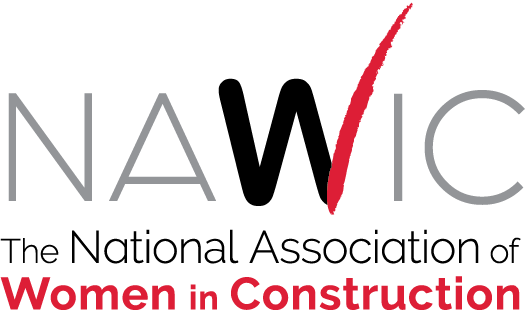OSHA First Aid requirements
Accidents can happen anytime — what can you do to prepare your staff and business for minor or major injuries?
First aid training is one of the best solutions for handling occupational injuries. You can provide appropriate care and consultation following various first aid guidelines. Implementing adequate medical training and solutions is a requirement by law. Complying with the Occupational Safety and Health Administration’s (OSHA) first aid requirements can help you provide a safer and more hazard-free working environment.
Let’s review OSHA’s various first aid requirements and regulations to ensure adequate emergency support.
What Is First Aid?
First aid is administering immediate medical attention or assistance to anyone with a minor or major injury. For example, trained personnel or first aid providers can wrap, bandage and clean minor cuts or wounds. They can also supply water and other fluids to treat dehydration, headaches and pain with over-the-counter medications. Individuals can clean burns and scrapes on affected bodily areas and remove or flush debris from the eyes. These types of actions can help minimize physical pain, harm and other side effects until professional medical services arrive.
What Is OSHA’s First Aid Standard?
OSHA’s first aid standard is a guideline for administering medical care to injured persons. It refers to providing medical care without nearby hospitals or other medical facilities. For example, employees must ensure trained medical personnel are available if a staff member gets injured. All personnel must have adequate first aid training and medical supplies to assist injured people.
First Aid Requirements
Understanding OSHA’s first aid requirements is essential to ensure you and your staff are ready to handle emergencies. The conditions outline ways to provide adequate care to an injured person without on-site professional services.
Have a First Aid Kit
Maintaining an adequate first kit is essential. You need to ensure that kits contain basic supplies to treat injuries. Trained personnel needs suitable items to treat minor wounds like cuts, burns, scrapes and eye injuries. You should do regular supply inventory and restock first as kits as required.
Medical supplies can vary depending on the industry and work conditions. Some industries, like construction, might have extensive first aid gear for treating more severe injuries. They can also have additional first aid kits and equipment to care for a larger workforce on remote work sites.
While company sizes and requirements differ, OSHA outlines the minimal first aid supplies necessary in all companies:
- Medical tools: Tweezers, Scissors, Splint, a blanket, latex gloves, two elastic wraps
- Resuscitation equipment: Examples include a pocket mask, airway, resuscitation bag or self-inflating bag
- Wound cleaning solution: Premoistened and sealed alcohol pads
- Instructions: Directions for contacting emergency services, including emergency numbers
- Wound protection: Two triangular bandages, different size gauze pads, adhesive bandages, adhesive tape and one pack of gauze roller bandages
Maintain Exposure Control
Personnel can come into contact with bodily fluids like blood when treating various injuries. They can also get adhesives and wound-cleaning agents on their hands. Personal Protective Equipment (PPE) is essential for promoting safe medical practices. Gloves, face masks, face shields and goggles can limit exposure to infections and pathogens. It can also help prevent bacteria from spreading to injured persons during treatment.
PPE can also help avoid exposing other staff and team members to infectious substances like bacteria and pathogens. Training personnel in various PPE requirements and disposal methods are essential for preventing exposure to contagious materials like used gauze and medical appliances.
Implement Program Planning
Developing a program or guideline can help prepare your staff and team for emergencies. When injuries happen, individuals should act fast and stay calm. A detailed program and professional advice can help first aid teams respond and manage crises effectively. Detailing emergency procedures can also ensure all staff knows what to do in emergencies. Here are some factors to consider when developing a program:
- Professional medical services: Consult professional services like fire departments and emergency response services for best practices and guidelines. Professionals can offer valuable steps and advice for managing various situations. You can use recommendations to create your emergency program and provide first aid providers with knowledge on how to treat injuries and handle emergencies.
- Sudden cardiac arrest: Immediate and adequate treatment is critical in sudden cardiac arrest (SCA). Speak to medical positional about administering CPR. They can provide accurate guidelines and procedures for managing SCA safely and effectively.
- Emergency response times: Knowing how long emergency services can take to respond can help first-aid providers deliver adequate support until medical teams arrive. Detail response time estimates throughout the day to help first personnel prepare for emergencies.
- Policies: Communicate emergency procedures and policies with staff. You can send out written guidelines and instructions that are easy to understand. Ensuring you communicate policies in various languages is vital. When staff understand emergency policies and procedures, they can help provide and seek immediate care for injured persons.
Include Proper Staff Training
Training staff in cardiopulmonary resuscitation (CPR) can help them handle life-threatening situations like asphyxiation or electrocution. While all staff does not have to be trained in CPR, trained personnel is necessary when no hospitals or medical facilities are nearby. Starting CPR can help keep an injured person breathing until emergency services arrive.
Have an Ongoing Maintenance Plan for First Aid Supplies
First aid kits must be readily available and easy to access. If supplies get moved or misplaced, it can be challenging to treat injuries on time. Assigning personnel to manage supply stock and ensure there are suitable medical supplies for their industry. They must also conduct regular inspections and see that supplies are accessible and in good condition.
What Happens When Companies Do Not Follow OSHA First Aid Regulations?
Companies that do not follow first aid regulations can face various penalties. OSHA can issue fines and penalties based on the violation’s severity. Companies violate standards when they ignore safety hazards and endanger staff. While violations may not lead to death or injury, you can still face repercussions. Serious violations that result in the death of an employee can lead to incarceration. Companies that commit less severe offenses can pay fines over $10,000.
Shop Our First Aid Products and Supplies
Managing your first aid kit is crucial for your business and employee safety. We offer a wide range of first aid products and supplies at D.E. Gemmill Inc. We can help you keep your first aid kits stocked and ready for any situation. Browse our full selection of first aid products and items. Contact us to speak to one of our expert in-store associates if you need more guidance on what’s best for your company.
Linked Sources:
- https://www.osha.gov/laws-regs/oshact/section_17#:~:text=Any%20employer%20who%20willfully%20violates,by%20imprisonment%20for%20not%20more
- https://www.osha.gov/laws-regs/standardinterpretations/2007-01-16-0#:~:text=OSHA%20recommends%2C%20but%20does%20not,an%20infirmary%2C%20clinic%20or%20hospital.
- https://www.osha.gov/laws-regs/regulations/standardnumber/1910/1910.266AppA
- https://www.osha.gov/laws-regs/regulations/standardnumber/1910/1910.1030
- https://www.degemmill.com/product-category/first-aid-products-supplies/page/3/
- https://www.cdc.gov/heartdisease/cpr.htm#:~:text=CPR%20Saves%20Lives.,arrest%20outside%20the%20hospital%20die.&text=But%20CPR%20can%20help%20improve,a%20person’s%20chance%20of%20survival.
- https://www.degemmill.com/about-us/contact-us/
